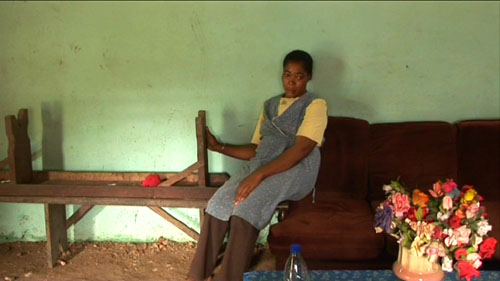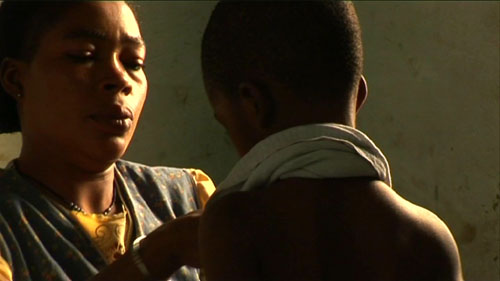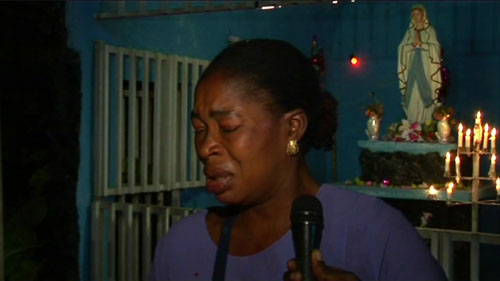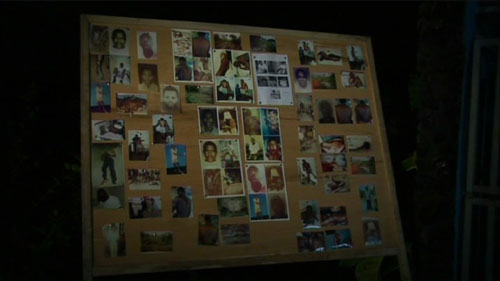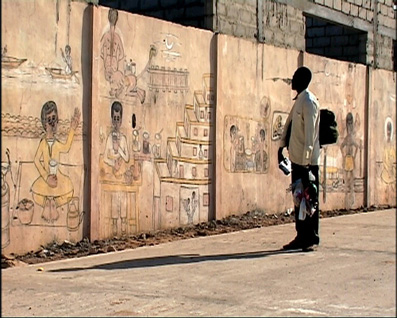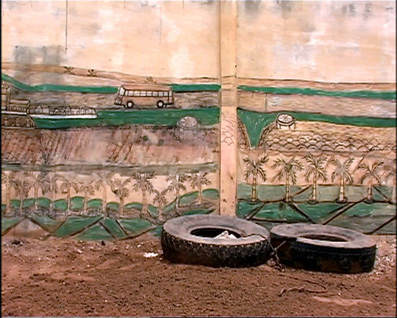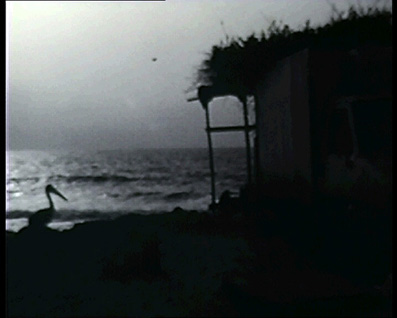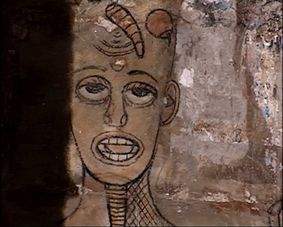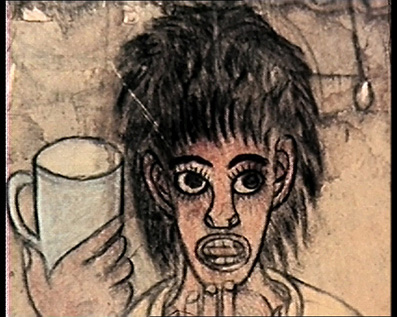
Grandes vacances, d'Oldrich Navratil
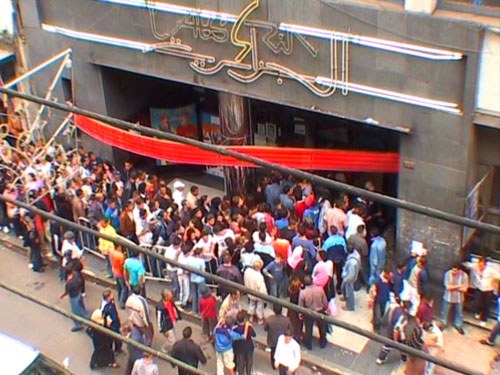
Premier plan Algérie, un cinéma à tout cri : le cinéma Algeria, Alger
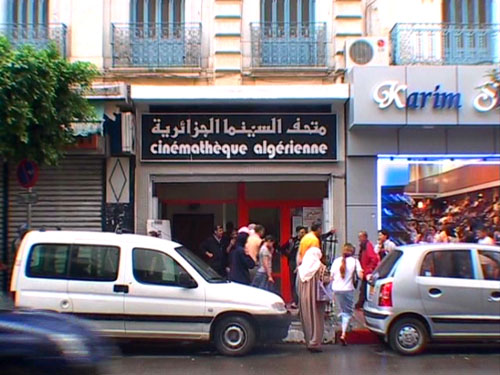
Premier plan Algérie, un cinéma à tout cri : la cinémathèque algérienne
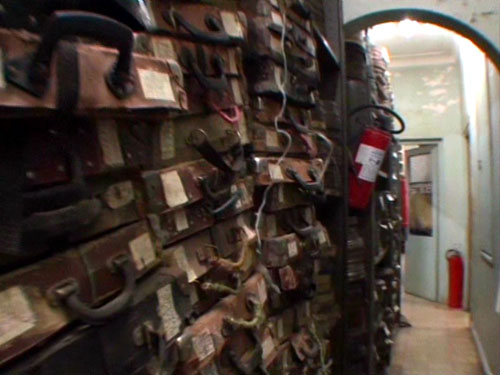
Premier plan Algérie, un cinéma à tout cri : stockage des films sans bunker à la cinémathèque algérienne
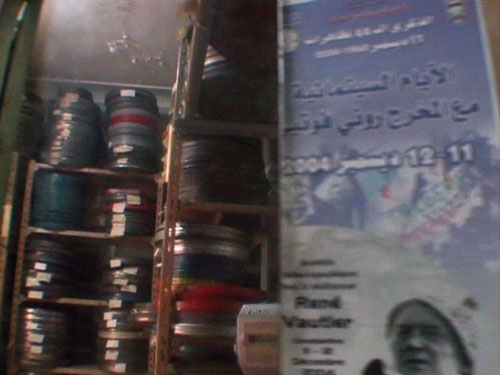
Premier plan Algérie, un cinéma à tout cri : cinémathèque de Bejaia
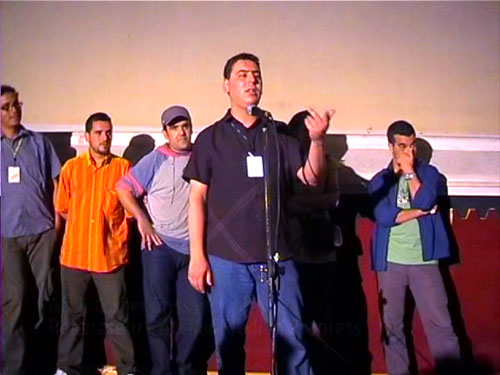
Premier plan Algérie, un cinéma à tout cri : Abdelkader Enssad, réalisateur de "Balloon", et un groupe de participants de l'atelier "Bledi in progress" à Bejaia
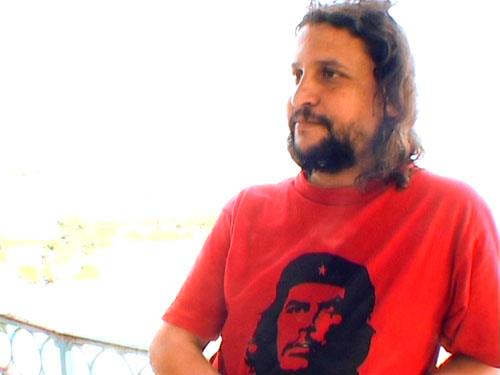
Premier plan Algérie, un cinéma à tout cri : Abdenour Hochiche, président de Project'heurts
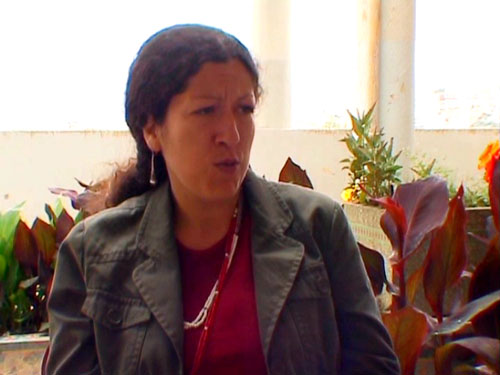
Premier plan Algérie, un cinéma à tout cri : Habiba Djahnine, déléguée générale Kaïna Cinéma
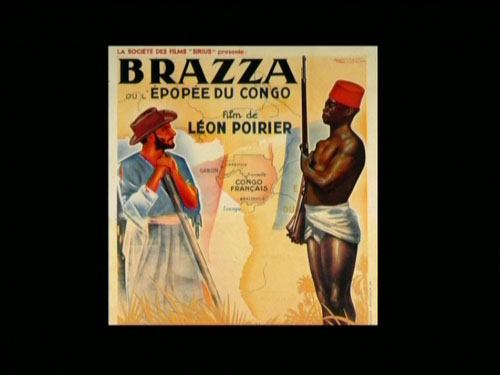
Le Petit Blanc à la caméra rouge : Brazza, l'épopée du Congo, de Léon Poirier
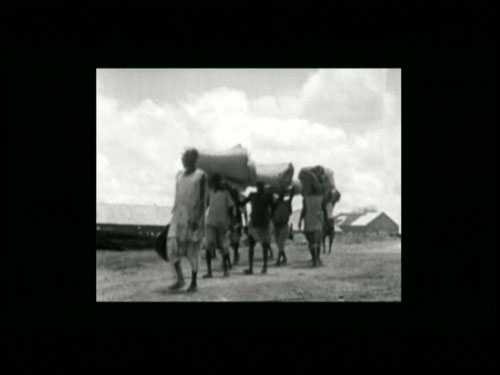
Le Petit Blanc à la caméra rouge : Afrique 50, de René Vautier

Le Petit Blanc à la caméra rouge : Afrique 50, de René Vautier
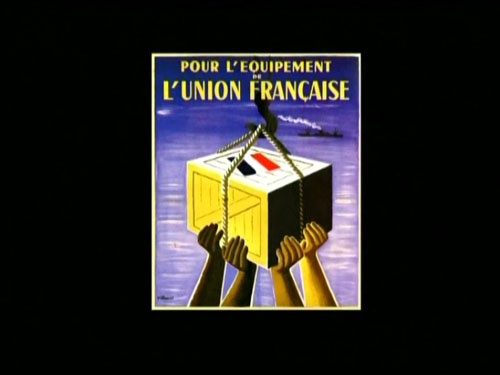
Le Petit Blanc à la caméra rouge : Pour l'équipement de l'Union française
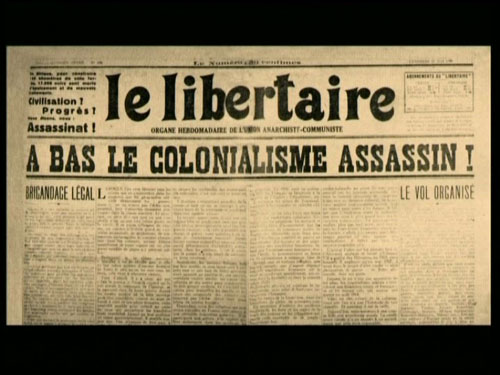
Le Petit Blanc à la caméra rouge : journal anticolonialiste
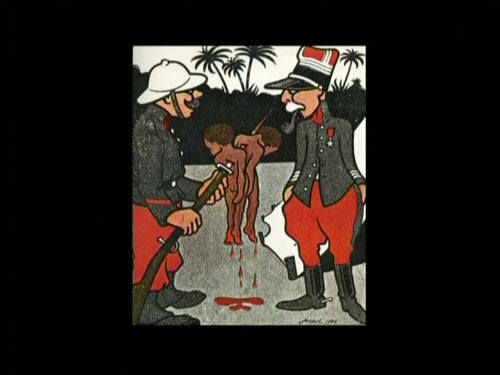
Le Petit Blanc à la caméra rouge

Le Petit Blanc à la caméra rouge
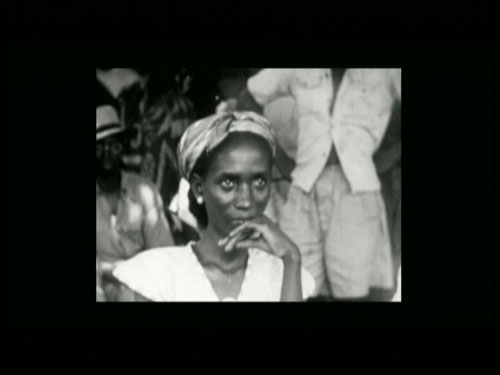
Le Petit Blanc à la caméra rouge : Afrique 50, de René Vautier
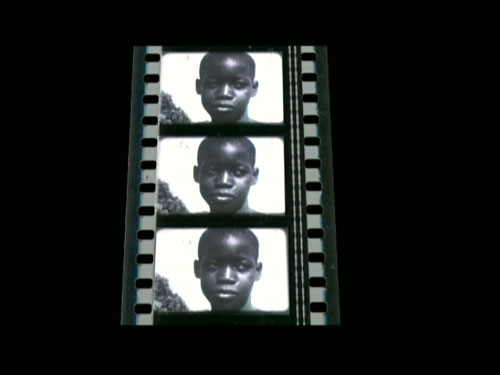
Le Petit Blanc à la caméra rouge : Afrique 50, de René Vautier
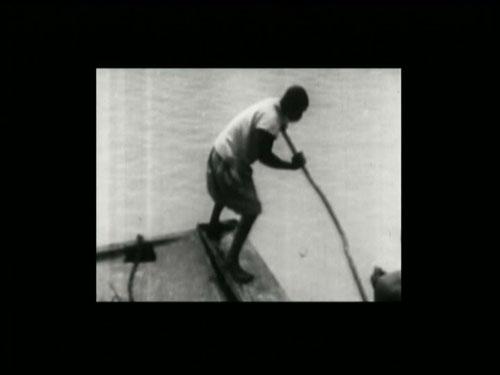
Le Petit Blanc à la caméra rouge : Afrique 50, de René Vautier
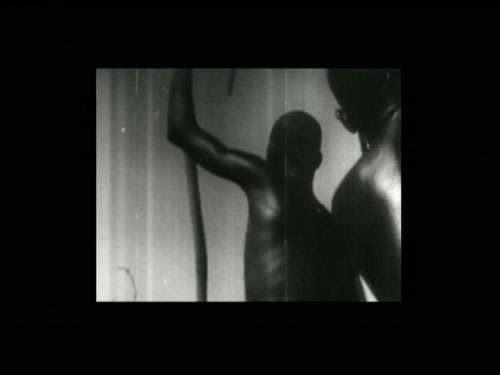
Le Petit Blanc à la caméra rouge : Afrique 50, de René Vautier





























